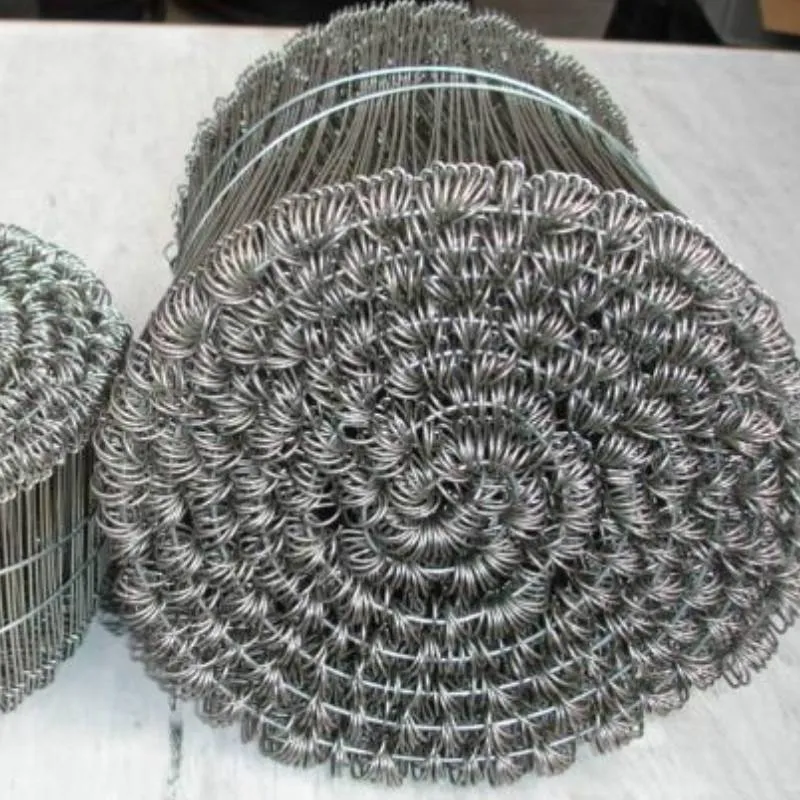-
 Phone:
Phone: -
 Email:
Email:

reinforcement tie wire
Reinforcement Tie Wire A Critical Component in Construction
In the world of construction and civil engineering, many materials and components serve vital functions, among them being reinforcement tie wire. This essential product may not be the most glamorous aspect of building design, but it plays a crucial role in ensuring the structural integrity and durability of various constructions, from residential buildings to monumental infrastructures.
What is Reinforcement Tie Wire?
Reinforcement tie wire is a type of wire used in the construction industry, mainly for the purpose of tying rebar (reinforcing bar or steel bar) together. Made typically from low-carbon steel, it is designed to be both strong and malleable, allowing it to be shaped and twisted easily without breaking. The wire comes in various gauges, offering different levels of strength and flexibility depending on the needs of the project.
Importance of Reinforcement Tie Wire
The primary function of reinforcement tie wire is to secure and stabilize rebar before and during the concrete pour. Rebar is essential for providing tensile strength to reinforced concrete structures, which is crucial because concrete alone is strong in compression but weak in tension. By tying rebar together with tie wire, construction workers ensure that the rebar stays in place and functions effectively within the concrete matrix.
Additionally, tie wire helps to maintain the spacing and placement of rebar, which is critical for achieving the intended structural design. Proper placement of rebar eliminates weak points in the concrete, thereby enhancing the overall strength and longevity of the structure. Hence, using high-quality reinforcement tie wire is imperative to the success of any construction project involving concrete.
Application in Various Construction Projects
reinforcement tie wire

Reinforcement tie wire is used in a wide variety of applications. In residential buildings, it is often employed in the foundations, walls, and slabs to provide added strength. For larger infrastructures, such as bridges, towers, and highways, the same principles apply but on a much grander scale. In these scenarios, the wire must meet stringent specifications to handle greater loads and stresses.
Moreover, reinforcement tie wire is not restricted to just rebar; it can also be used to secure other structural steel elements, such as mesh sheets or stirrups, which are vital for ensuring a cohesive and robust concrete structure. As such, this modest-looking wire proves to be necessary across various levels of complexity in construction.
Ease of Use and Installation
One of the advantages of using reinforcement tie wire is its ease of use. Construction workers can quickly and efficiently twist and secure the wire around rebar or other elements, thus streamlining the construction process. This efficiency not only saves time but also reduces labor costs, making it an economically feasible option for contractors.
Tie wires can be applied with simple hand tools, although mechanical tie guns are also available for larger projects to improve speed and consistency. Regardless of the method employed, the fundamental characteristic of tie wire—its ability to hold components securely—remains the same.
Conclusion
In conclusion, reinforcement tie wire may seem like a small component in the larger scheme of construction, but its contribution is far from negligible. By ensuring the stability and integrity of rebar within concrete, it plays a critical role in the safety and longevity of various structures. Recognizing the importance of such materials can contribute to more informed decisions in construction practices, ultimately leading to safer and more durable buildings and infrastructures. As technology evolves and construction methods grow more sophisticated, the role of simple yet effective materials like reinforcement tie wire will continue to be indispensable.
-
Wire Mesh for Every Need: A Practical SolutionNewsJul.25,2025
-
Steel Fences: Durable, Secure, and Stylish OptionsNewsJul.25,2025
-
Roll Top Fencing: A Smart Solution for Safety and SecurityNewsJul.25,2025
-
Cattle Farm Fencing Solutions for Maximum SecurityNewsJul.25,2025
-
Affordable Iron Binding Wire SolutionsNewsJul.25,2025
-
Affordable Galvanized Wire SolutionsNewsJul.25,2025
-
Wire Hanger Recycling IdeasNewsJul.25,2025








